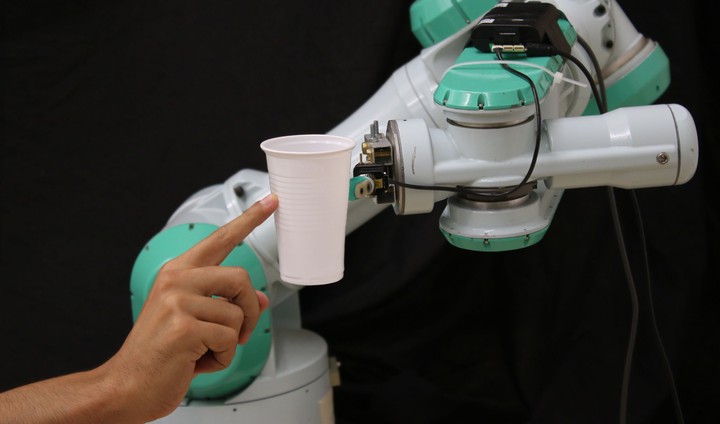Grip Stabilization of Novel Objects Using Slip Prediction

Abstract
Controlling contact with arbitrary, unknown objects defines a fundamental problem for robotic grasping and in-hand manipulation. In real-world scenarios, where robots interact with a variety of objects, the sheer number of possible contact interactions prohibits acquisition of the necessary models for all objects of interest. As an alternative to traditional control approaches that require accurate models, predicting the onset of slip can enable controlling contact interactions without explicit model knowledge. In this article, we propose a grip stabilization approach for novel objects based on slip prediction. Using tactile information, such as applied pressure and fingertip deformation, our approach predicts the emergence of slip and modulates the contact forces accordingly. We formulate a supervised-learning problem to predict the future occurrence of slip from high-dimensional tactile information provided by a BioTac sensor. This slip mapping generalizes across objects, including objects absent during training. We evaluate how different input features, slip prediction time horizons, and available tactile information channels, impact prediction accuracy. By mounting the sensor on a PA-10 robotic arm, we show that employing prediction in a controller’s feedback loop yields an object grip stabilization controller that can successfully stabilize multiple, previously unknown objects by counteracting slip events.